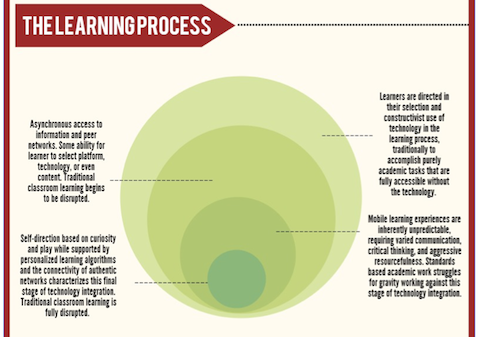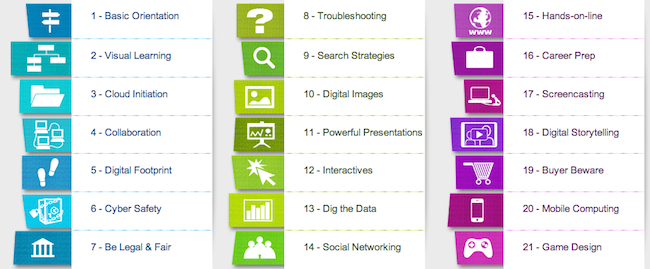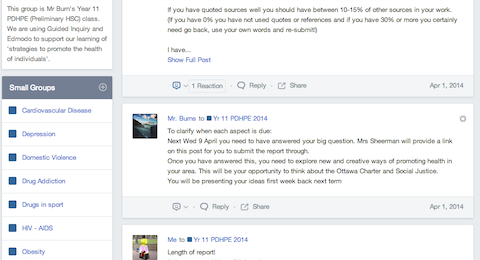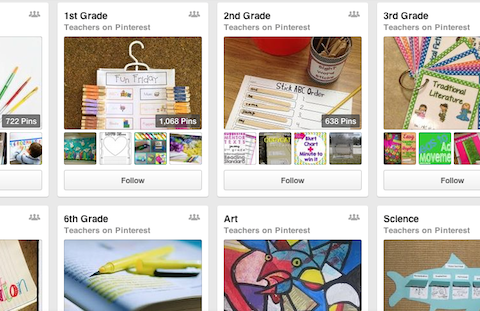Terry Heick (Director at TeachThought)discusses what he sees as four stages of integrating technology in learning.
As our school moves across into BYOD (Bring Your Own Device) it will be interesting to see how long it takes before we see an erosion of traditional classroom and curriculum taking place. Deliberating about and managing change is a daily facet of teaching.
This is how Terry Deick describes the last two stages of change in the learning process:
Stage 3: Mobile technology erodes traditional classroom. Truly mobile learners should disrupt non-flexible curriculum.
Mobile learning experiences are inherently unpredictable, requiring varied communication, critical thinking, and aggressive resourcefulness. Standards-based academic work struggles for gravity working against this stage of technology integration.
Stage 4: This final stage of technology implementation necessitates learners to consistently self-direct critical, core components of learning experiences.
Self-direction based on curiosity and play while supported by personalized learning algorithms and the connectivity of authentic networks characterizes this final stage of technology integration. Traditional classroom learning is fully disrupted.













